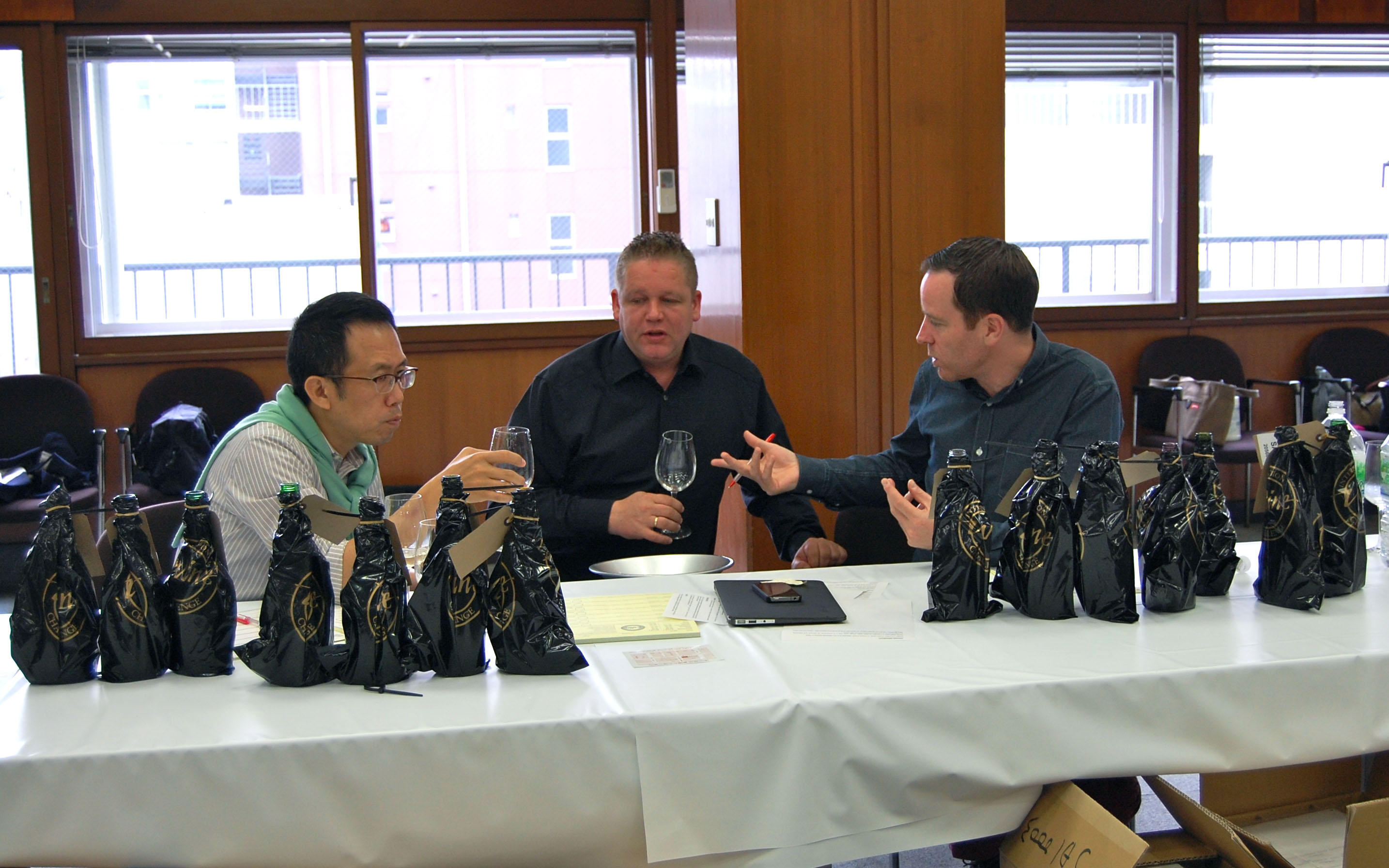At 9 a.m. on the morning of May 28, the 40 judges who had been invited to arbitrate in the 2012 International Wine Challenge sake competition convened in the Japan Sake and Shochu Makers Association building in Tokyo's Shinbashi district. Conversations in English and Japanese floated around the room as the judges — who represented 12 countries in Asia, Europe and North America — sipped their coffee and mentally prepared for the task ahead: the tasting and evaluation of 689 sakes over the course of two days.
The number of entries marked a record high (up from 468 in 2011) for the International Wine Challenge's sake division. Credited as one of the most influential wine contests in the world, the IWC created a category for sake in 2006, and the event has become the largest sake competition outside of Japan. Although the assessment traditionally takes place in Britain, the organizers decided to hold the sake judging in Tokyo this year, due to import restrictions placed on food products and beverages from Japan following the nuclear disaster last March. (Sake was recently exempted from the restrictions.)
As a new judge myself, I was nervous but excited. We were divided into mixed panels of Japanese and non-Japanese judges, and the members in each had to reach a consensus before delivering the group's assessment. The IWC took this idea from the wine world; at most sake competitions, judges instead submit individual point scores that go toward an average.



















With your current subscription plan you can comment on stories. However, before writing your first comment, please create a display name in the Profile section of your subscriber account page.